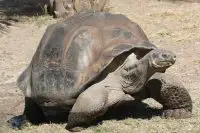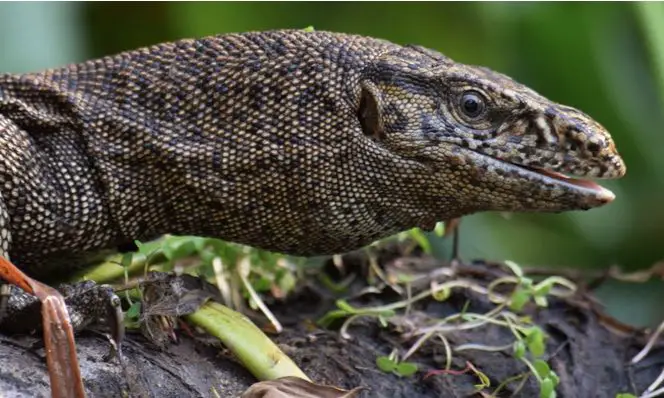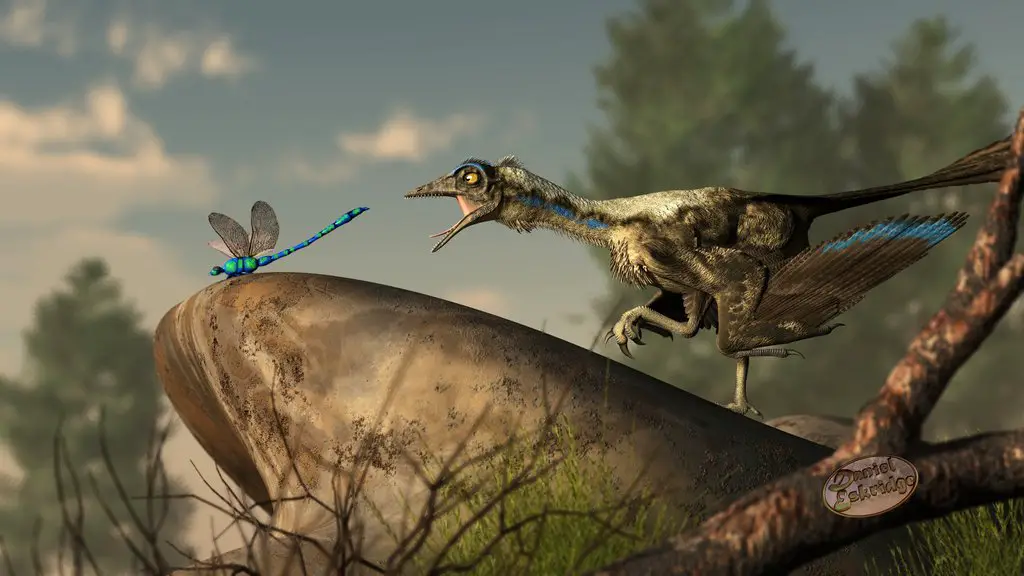Galapagos tortoises (Chelonoidis nigra) are the world’s largest species of tortoise that are alive today. These tortoises are native to the two islands namely Galapagos and Aldabra coral atoll. The seven of the total islands in Galapagos Islands are occupied by these tortoises.
The color of its upper shell is dull brown to gray. These large tortoises have dome-shaped shells. There are two kinds of shell among the tortoises of Galapagos Islands i.e. domed shell and saddleback shell tortoises.
The size of the largest Galapagos tortoise is 187 centimeters and had a weight of 880 pounds. The average weight of the male tortoises is 600 to 699 pounds. The tortoises of Santa Cruz Islands have size range of 75 to 150 centimeters. At birth, the size of each hatchling is 6 centimeters.
In the wild, these to rtoises have a lifespan of more than 100 years. ‘Harriet’ is the name of the longest-lived Galapagos tortoise that died in Australia at the age of around 175 years.
rtoises have a lifespan of more than 100 years. ‘Harriet’ is the name of the longest-lived Galapagos tortoise that died in Australia at the age of around 175 years.
In the wild, Galapagos tortoises become mature at the age of 40 years. However, they reach maturity at around 20 to 25 years in captivity. They can breed at any time. However, the most common mating season of these tortoises is between February and June.
A female tortoise lays a clutch size of 16 eggs. The weight of each egg is around 82 to 157 grams. The eggs are hatched after 4 to 8 months.
Galapagos tortoises are herbivorous reptiles that feed on berries, grasses, milkweed, lichens, oranges and melon. They take water from cacti plants and can live without it for more than 6 months.
The predator that preys on the hatchlings of these tortoises is the Galapagos hawk. Besides, habitat destruction and slow rate of growth also plays a crucial role in their declining numbers. Some of the new mammals that were brought here like rats and pigs also pose danger to the life of these tortoises.





